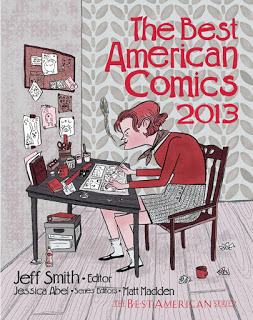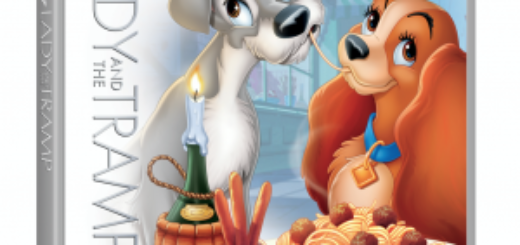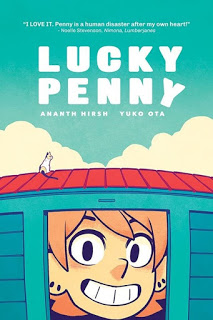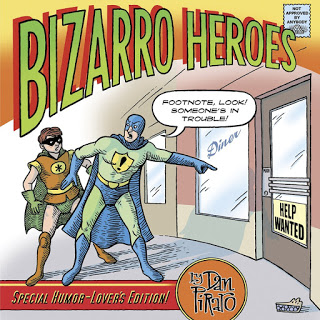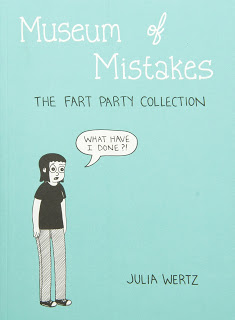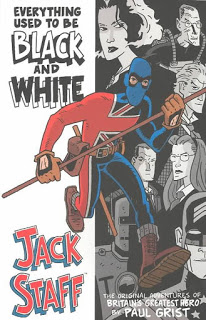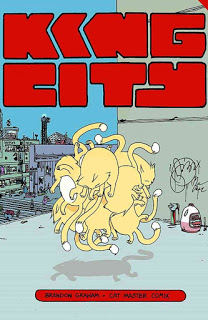REVIEW: Thor: Ragnarok
 Thor: Ragnarok is funny, bright, colorful and imaginative. Clearly, the Marvel Cinematic Universe’s cosmos is a brilliantly lit place and a lot of fun to visit. The 2:10 movie, out on disc now from Walt Disney Home Entertainment is a joy to rewatch because of director Taika Waititi’s imaginative approach to the now-familiar characters.
Thor: Ragnarok is funny, bright, colorful and imaginative. Clearly, the Marvel Cinematic Universe’s cosmos is a brilliantly lit place and a lot of fun to visit. The 2:10 movie, out on disc now from Walt Disney Home Entertainment is a joy to rewatch because of director Taika Waititi’s imaginative approach to the now-familiar characters.
The blending of the prophesied Norse end times with the beloved Planet Hulk storyline is made to work but only by giving each story short shrift and robbing the former of its power. As much fun as it is to see Thor (Chirrs Hemsworth) shorn of hair, robbed of his enchanted hammer Mjolnir, and subjected to appearing in a remake of Gladiator, the film doesn’t pause long enough to make audiences feel anything for the end of the Norse way of life. Early on, Loki (Tom Hiddleston) is revealed to have replaced Odin and allowed his prejudices to reshape life in the fabled kingdom. It has also allowed events to bring back Thor’s heretofore unknown sister Hela (Cate Blanchett), who is determined to force Ragnarok’s early arrival.
Thor and Loki seek the All-Father (Anthony Hopkins) with the aid of Doctor Strange (Benedict Cumberbatch) and once they find him, watch his demise. Once he fades away, Thor and Hela vie for inheriting the throne and once he loses, the movie is kicked into high gear. But Odin’s passing, like that of Asgard itself, is never truly dwelt upon so feels like a rushed plot point. We see refugees board a starship but never know them or understand their plight.
Hela is fascinating, all sensual moves and snarling hatred for being banished from the Nine Realms so is quick to make her mark. However, much of it happens quickly and is then off screen for too long. As a result, the Warriors Three are dispatched so fast you barely register them and no dialogue accounts for the absence of Sif.
Instead, Waititi and screenwriters Eric Pearson, Craig Kyle, and Christopher Yost spend more time with Thor and the Hulk on Sakaar, in the clutches of the Grandmaster (Jeff Goldblum). We feel far more for the Hulk’s two-year exile from Earth thanks to the screen time and Mark Ruffalo’s moving performance.
Neither is not particularly happy of being trapped and help foment rebellion, which had already been brewing thanks to Korg (voiced by Waititi). Along the way they redeem a fallen Valkyrie (Tessa Thompson), kick ass, and have a bromance that is a delight to watch. The laughs come at the expense of the gravitas the passing of Asgard and Odin deserve.
The film is out in various additions including a Multi-Screen Format (Blu-ray, DVD, Movies Anywhere Digital HD code). The high definition transfer is superb, capturing every shade in the rainbow and making things pop. The DTS-HD Master Audio 7.1 lossless soundtrack is strong, not perfect.
Like the film itself the Special Features are short, fizzy, and avoids depth in favor of light-hearted affection for one another.
Things kick off with the Director Intro (1:44) as Waititi talks taking on the project; Getting In Touch With Your Inner Thor (6:39); Unstoppable Women: Hela & Valkyrie (5:58); Finding Korg (7:34); Sakaar: On the Edge of the Known and Unknown (8:24); Journey Into Mystery (5:47), which gives Jack Kirby his due for creating the original look; Gag Reel (2:18); Team Darryl (6:08), the latest short with Thor’s hapless roommate, now hosting The Grandmaster; Marvel Studios: The First Ten Years – The Evolution of Heroes (5:23); Deleted Scenes (5:43); 8-Bit Sequences, claiming to be pre-film tests for certain sequences but they look like they were done for fun: Sakaar Spaceship Battle (0:58) and Final Bridge Battle (2:17). There’s an entertaining Audio Commentary from Waititi.


